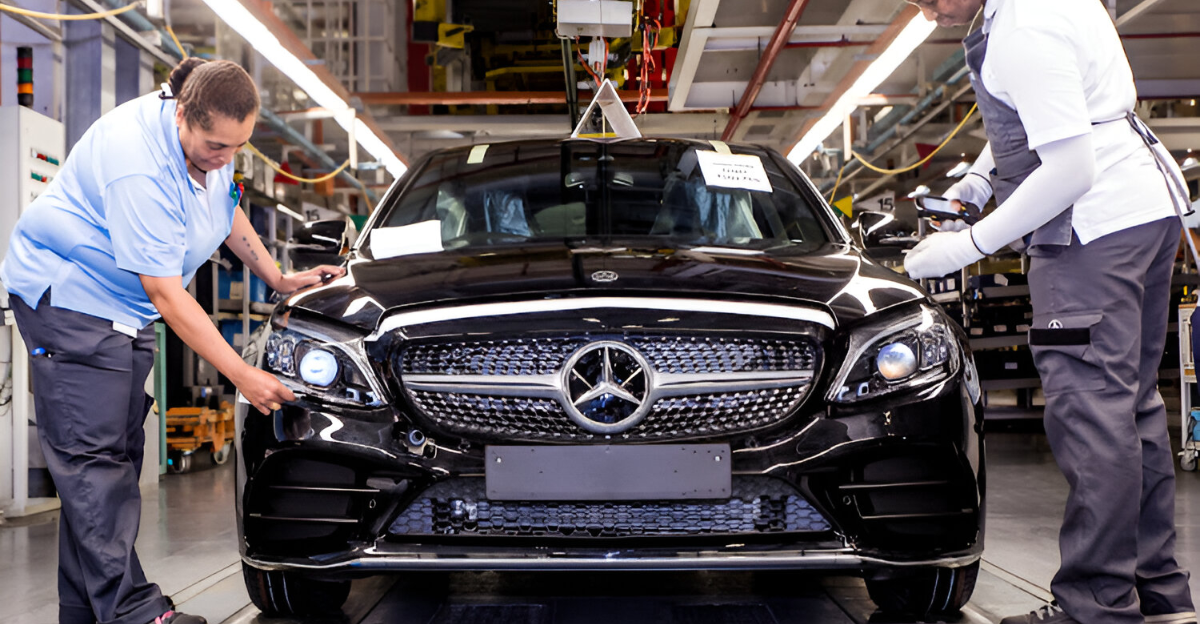
The car world has already been rocked by chip shortages and rising costs. Now, a new challenge is shaking things up: heavy U.S. tariffs. Mercedes-Benz, known for sleek designs and powerful engines, is seeing profits drop and sales slip in the U.S. and China. These tariffs are changing what buyers pay and what car showrooms can offer. Here’s what’s behind the sudden shakeup and what it means for drivers and the industry.
Ownership Costs Keep Climbing
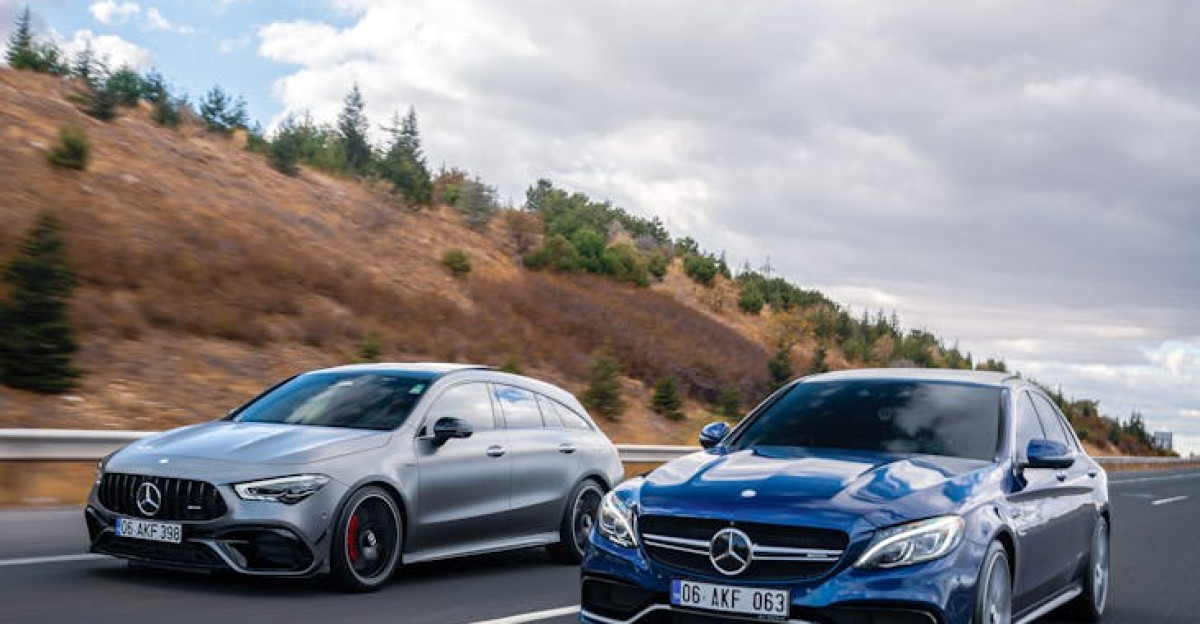
Transportation made up roughly 17% of the average U.S. household’s 2023 spending, the highest since 2012, per the U.S. Bureau of Labor Statistics. AAA’s 2024 “Your Driving Costs” report estimates owning and operating a new vehicle costs about $12,182 annually, excluding loan payments. Experian data from early 2025 shows average monthly new-car loans at $745 and used-car loans at $521. Experts advise keeping total transport costs under 15% of take-home pay, but rising expenses now push many households beyond that limit.
Luxury Cars Just Got Pricier—Here’s Why
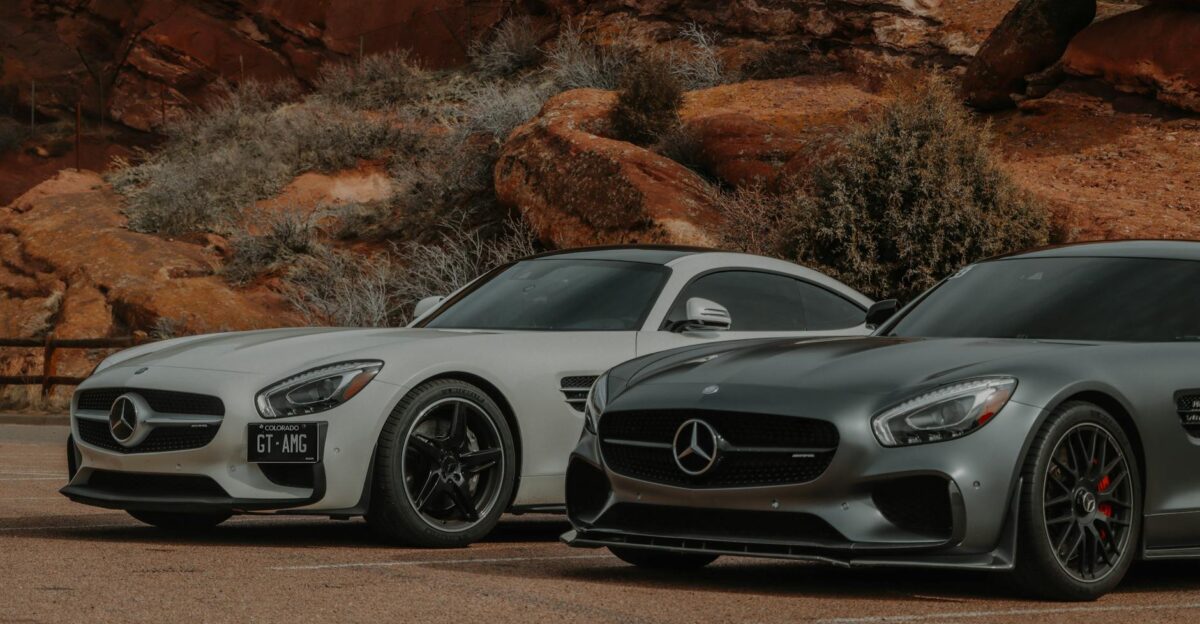
The U.S. 25% import tariff, imposed in April 2025, has already pushed up prices on foreign-made cars. Analysts estimate it adds $3,000 to $7,500 to mid-size luxury vehicle costs, depending on parts sourcing (Deutsche Bank). Mercedes-Benz saw North American deliveries drop 14% in Q2 2025, partly due to these trade barriers. With rising auto loan debts and insurance premiums, many buyers are delaying purchases. Experian reports that near-prime borrowers now face average new-car payments of $784 monthly.
Tariffs Unpacked: What You Need to Know
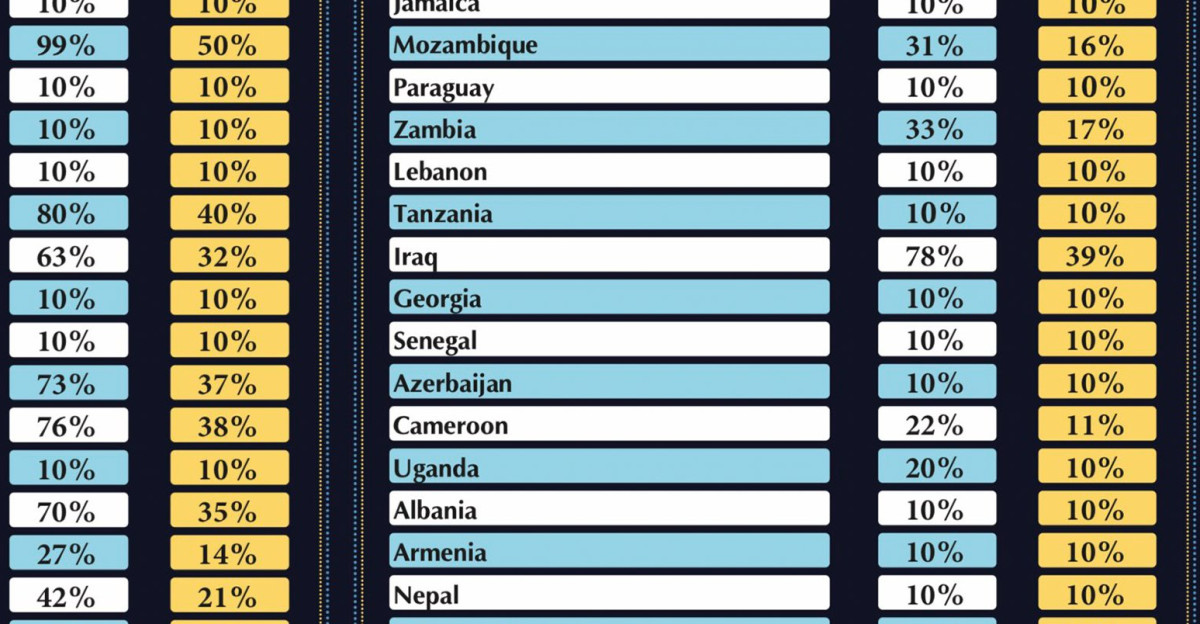
In April 2025, the U.S. imposed a 25% tariff on imported sedans, SUVs, light trucks, and key parts under Section 232 of the Trade Expansion Act, citing national security (USTR). Finished vehicle tariffs began on April 3, with major parts tariffs following on May 3. Cars made in Mexico or Canada can get partial relief by proving U.S. content under USMCA rules, which are still being finalized. A separate 10% tariff on most other imports started April 5, complicating supply chains further.
Mercedes’ Price Crunch: Pass It On or Take the Hit?
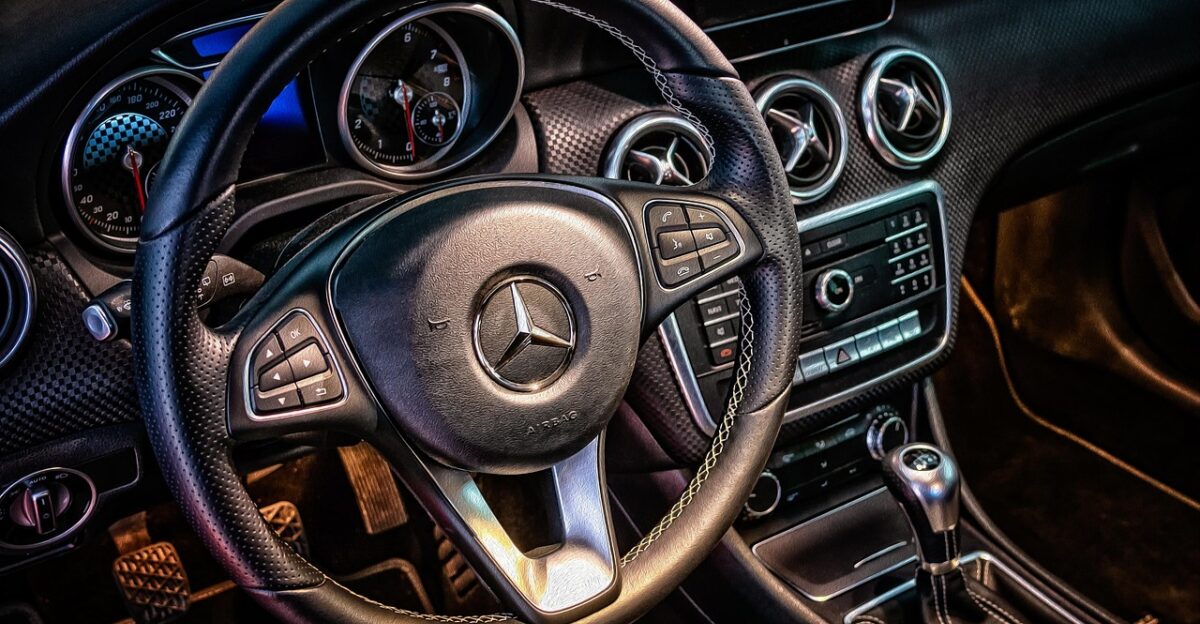
Mercedes-Benz must decide whether to absorb the 25% tariff or raise prices. Covering the full duty on a U.S.-spec GLE 450 from Bremen means a $14,000 sticker hike, likely hurting sales. Taking the hit would cut gross margins by up to 300 basis points, management told analysts. Early summer prices landed in the middle, with partial increases and dealer incentives. Long-term relief depends on boosting U.S. production at Tuscaloosa by 2027.
Pre-Tariff Rush Fizzles Out
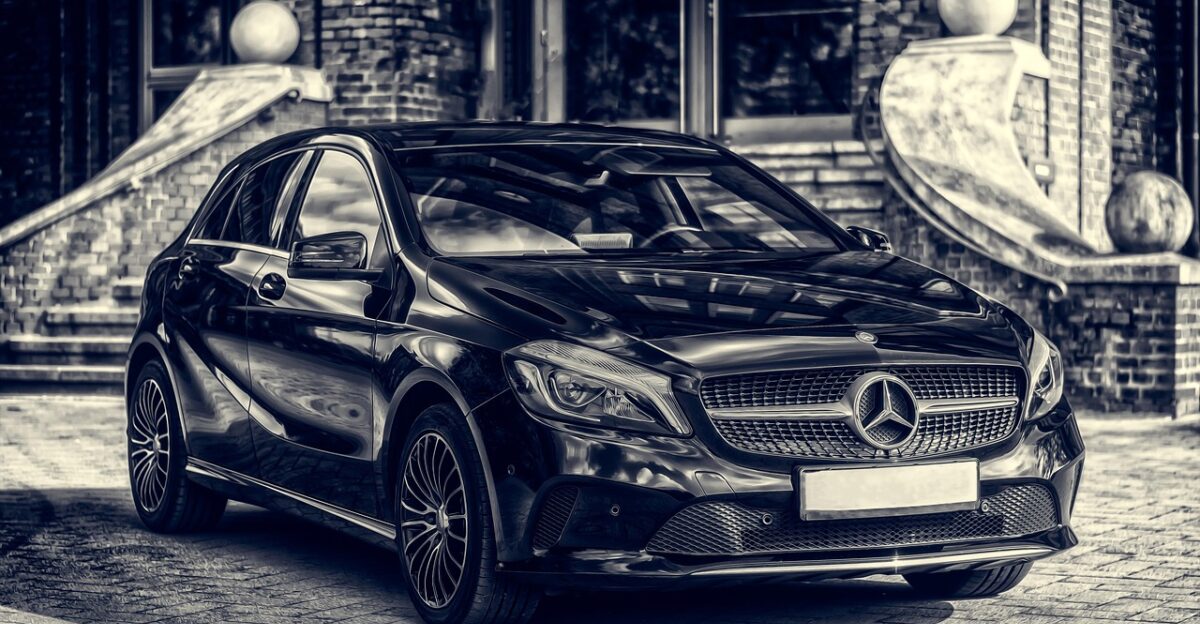
Bank of America data showed a 9% spike in large auto purchases ($2,000+) in March 2025 as buyers raced tariffs. But after duties started, showroom visits dropped below average, matching J.D. Power’s April-May retail sales. Dealers say nearly half of March’s extra orders were canceled as financing tightened and prices rose. The short-lived surge barely helped inventories or cash flow.
Confidence Drops, Incentives Climb
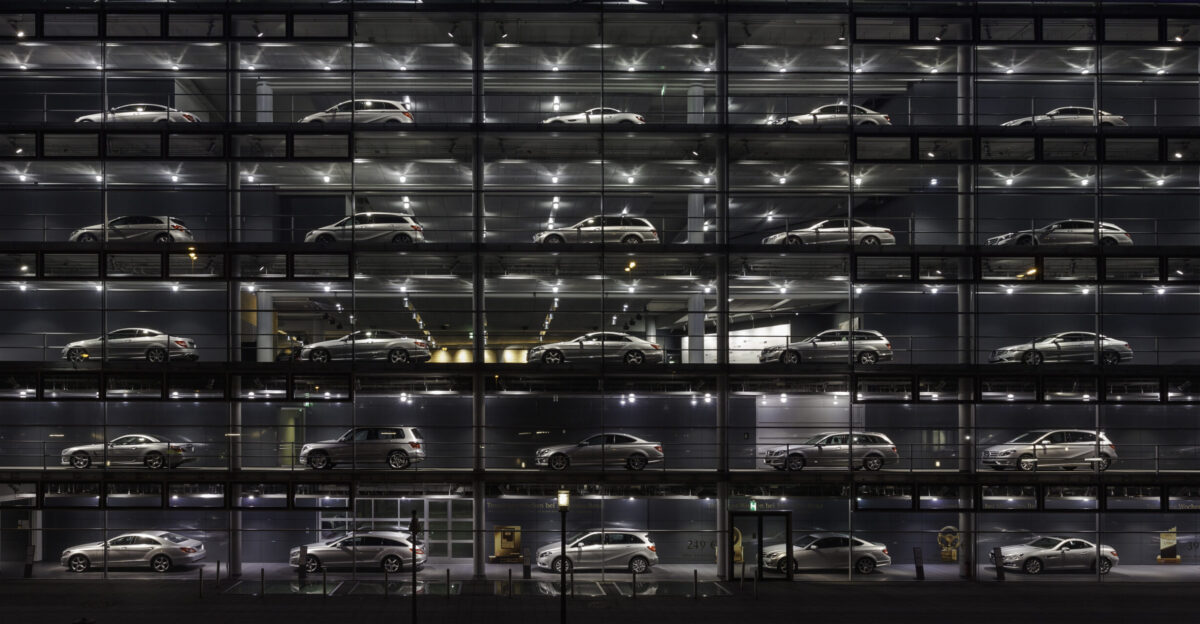
High interest rates (7.2% APR in June) and tariff worries cut Cox Automotive’s luxury vehicle Consumer Sentiment Index by 11 points. Mercedes responded with bigger lease incentives, including $4,500 residual support on the E-Class and 0.99% APR on certified pre-owned cars. Still, Reuters reports Q2 U.S. retail sales fell 14%, and China deliveries dropped 19% amid tariffs and local competition. Analysts warn luxury sales remain fragile amid economic shifts.
Mercedes Pulls Forecast Amid Uncertainty
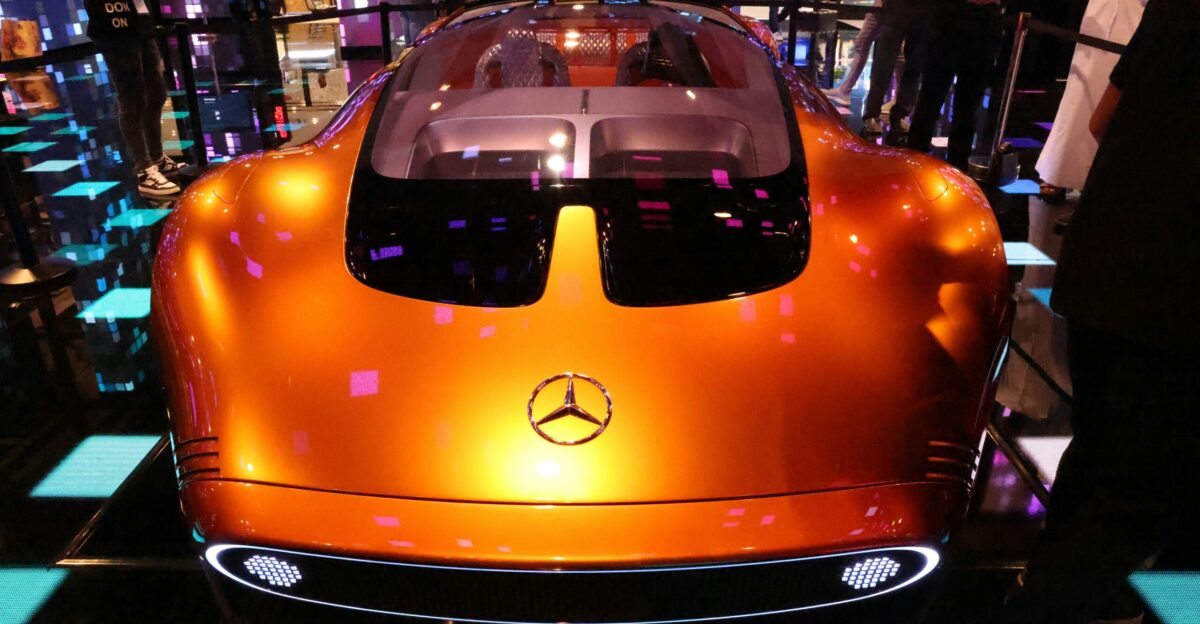
On April 30, Mercedes withdrew its full-year earnings forecast, citing tariff unpredictability and demand risks. Q1 EBIT had already dropped 41% year-over-year. Management warned steady tariffs could slash car-division margins by up to three percentage points. CFO Harald Wilhelm said the company is “re-baselining capital allocation.” Shares fell 4%, and S&P put Mercedes on negative watch, revealing premium automakers’ vulnerability to trade barriers.
Strategy in Flux: Fast Changes Ahead

Mercedes accelerated supplier reviews, delayed non-core model launches, and explored tariff-free joint ventures. Berylls Strategy Advisors estimates rerouting supply chains takes 18–24 months and costs €800 million–€1 billion per model line. R&D must also cover electric platforms and stricter 2026 EU CO₂ rules, squeezing free cash flow. Stellantis and Volvo also pulled 2025 outlooks that week, showing widespread industry caution.
Core Markets Feel the Heat
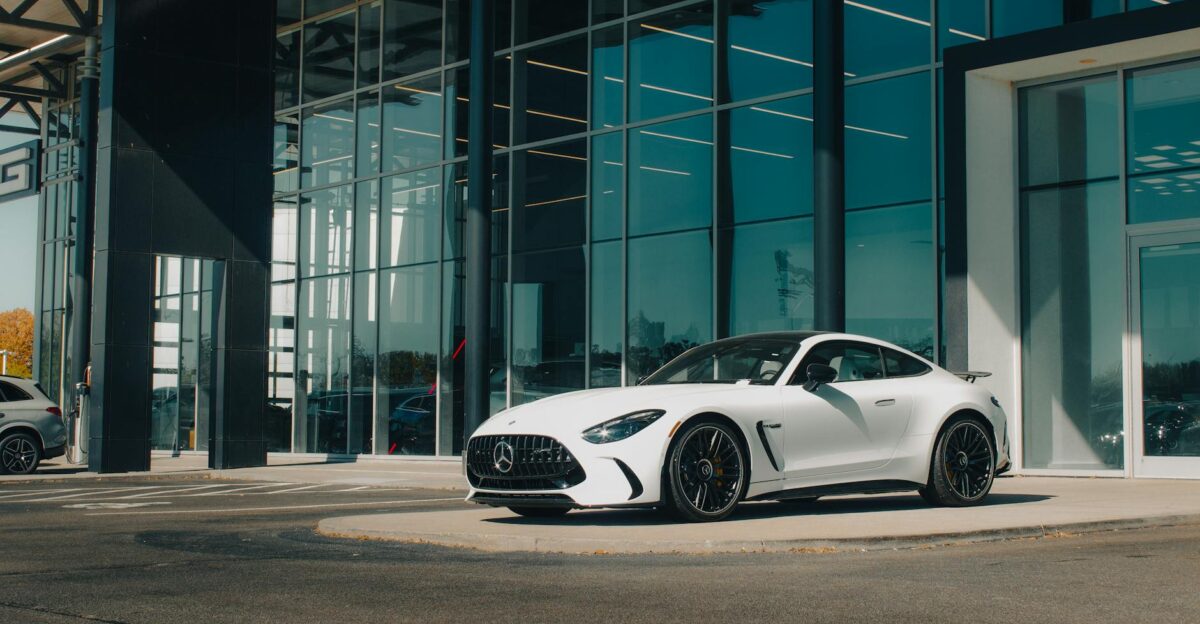
Mercedes shipped 80,600 cars in North America in Q2 2025, down 14% year-over-year. China, its largest market, fell 19% to 189,200 units amid tariffs and fierce EV pricing. Europe gained 1%, helped by a 7% rise in Germany. Bloomberg Intelligence notes every 1-point volume drop in U.S. and China cuts about €210 million from EBIT, revealing the fragile balance across regions.
Europe’s Gains Can’t Offset Losses
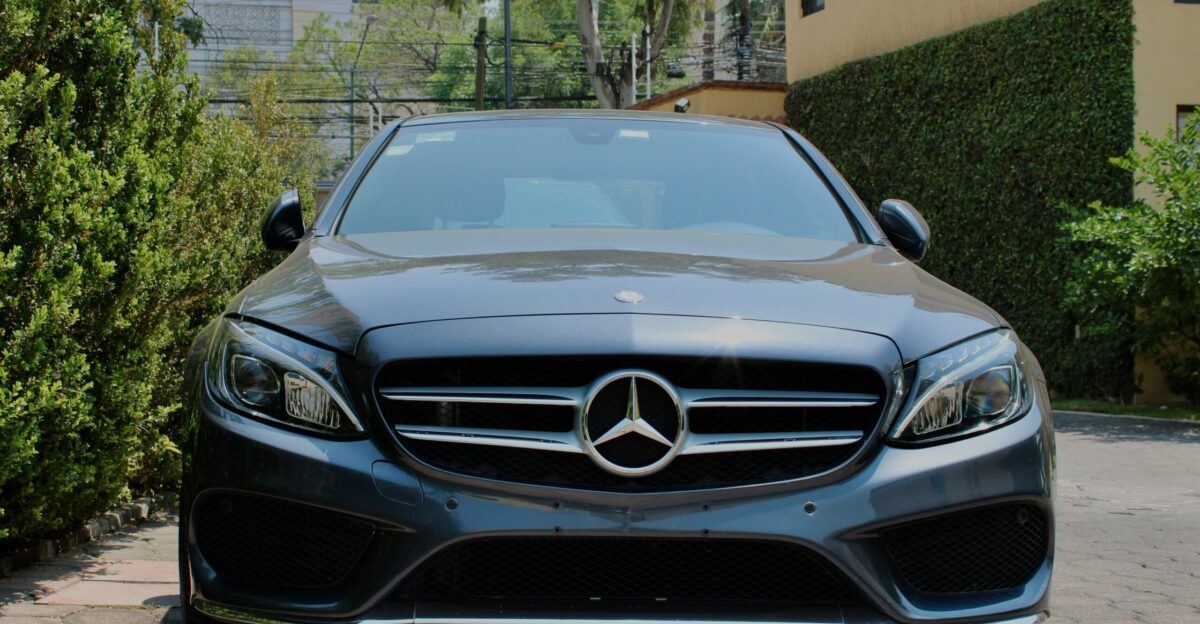
Europe added just 5,500 units in Q2, while U.S. and China losses erased 44,000, leaving global volume down 9%. Bernstein estimates the shift cut revenue by €1.2 billion. AMG and G-Class sales boost margins but can’t offset mainstream drops. Europe’s near-full factory utilization and rising labor costs limit capacity growth. Mercedes warns 2025 revenue will likely miss prior flat-to-slightly-up targets.
Electric Vehicles Don’t Cushion the Blow
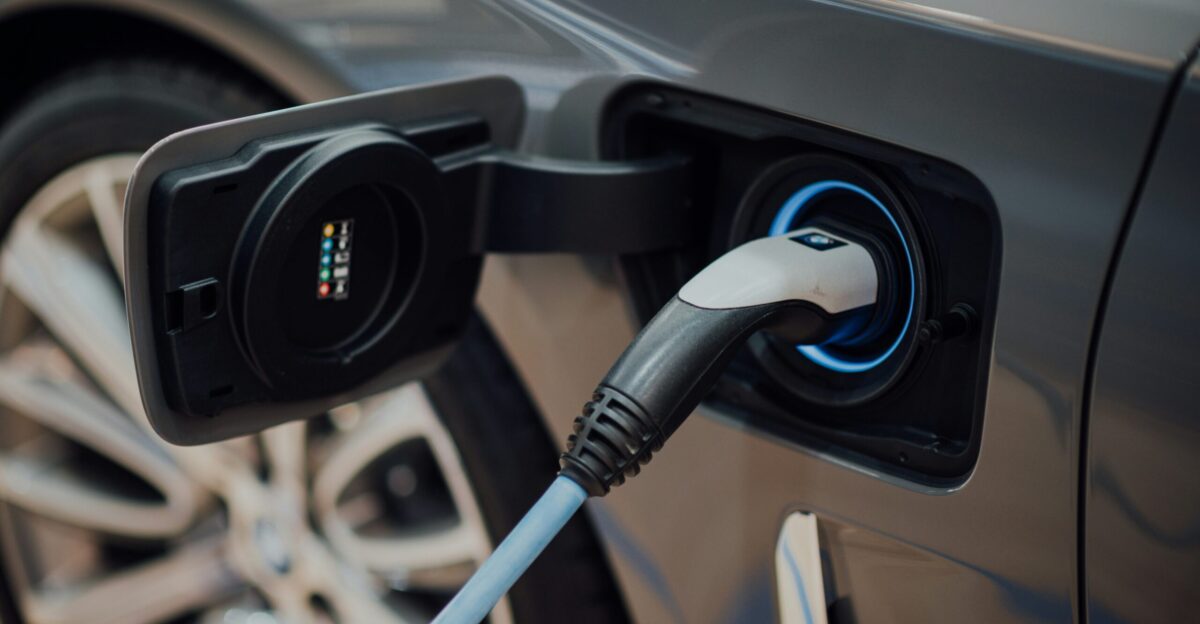
Mercedes delivered 41,900 battery-electric vehicles in Q2, down 18% year-over-year. BEVs are 7% of global sales, far from the 20% 2021 target. Tariffs on imported battery packs add 8–10% to costs; lithium iron phosphate battery prices stopped falling early this year; and many foreign EVs lack U.S. tax credits. The upcoming CLA EV will be built locally in 2027, but today’s lineup remains tariff-exposed, limiting relief.
Wider EV Market Faces Headwinds
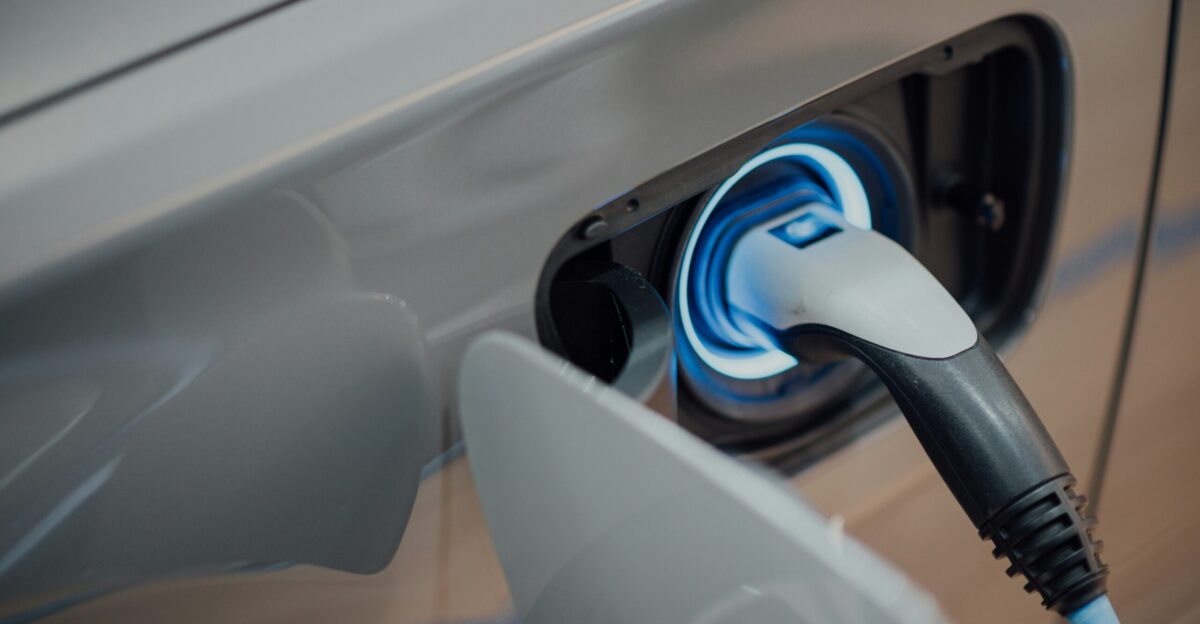
U.S. BEV growth slowed to 7% in H1 2025, down from 47% in 2023 (IHS Markit). Lithium prices rose 12% YTD, and looming tariffs on Chinese battery cells block cost parity. Mercedes’ EQS exports from South Africa face Chinese tariffs. Battery recycling capacity lags. A McKinsey survey found 38% of buyers delaying EV purchases due to policy uncertainty. Automakers now emphasize hybrids; Mercedes saw a 34% plug-in hybrid sales rise in Q2.
Margins Take a Hit but Stay Positive
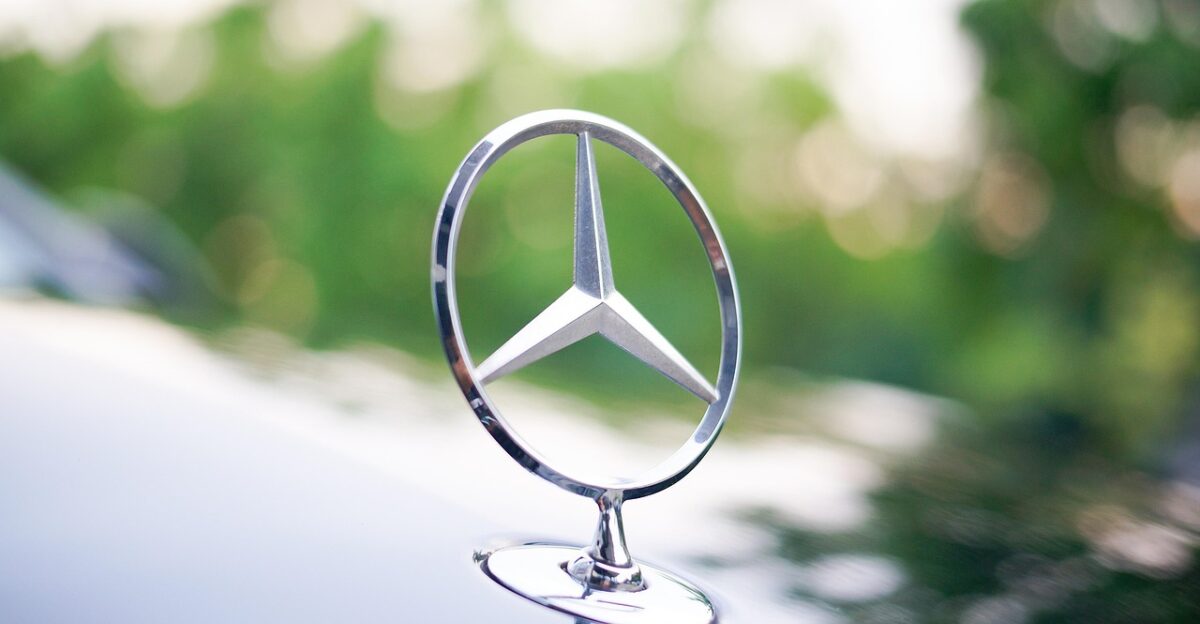
Mercedes expects Q2 car-division margin erosion under 3 percentage points due to tariffs. Q1 margin was 7.3%; analysts forecast 4.5–5.5% for Q2, positive but below 2022’s double-digit peak. Each margin point equals ~€370 million EBIT. Management offsets impacts with forex hedging, supplier deals, and capital shifts. Still, S&P warns free cash flow may drop by a third in 2025 without tariff relief.
Tuscaloosa Plant: A Key Shield

Mercedes’ Tuscaloosa, Alabama, plant employs 6,000 directly and supports 60,000 statewide jobs. It builds GLE, GLS, and EQE/EQS SUVs, exporting two-thirds of output. A new “core-segment” model is planned for 2027 to boost local content. Local assembly avoids 25% tariffs on finished cars, but imported parts still incur duties. The nearby Bibb County battery plant began ramp-up in late 2024, gradually improving domestic compliance.
Why U.S. Expansion Takes Time

Adding U.S. production is costly and slow. Deloitte estimates a new plant costs $2–4 billion and takes 30–36 months to scale. Retooling lines for new powertrains requires 12 months of downtime and hundreds of millions in tooling. Alabama’s technical colleges graduate ~900 automotive techs yearly, below projected needs if localization expands fast. Expansion helps long-term but won’t ease 2025–26 targets.
Domestic Makers’ Mixed Outlook

Detroit automakers with high North American content pay smaller tariffs but aren’t immune. Ford imports transmissions and electronics, adding costs. Edmunds’ data shows a 6-point market share gain for U.S.-built SUVs among high earners in Q2. Analysts warn gains could reverse if retaliatory tariffs or higher parts duties hit exports. Domestic players balance short-term wins with long-term trade risks.
Consumer Budgets Squeeze Tight
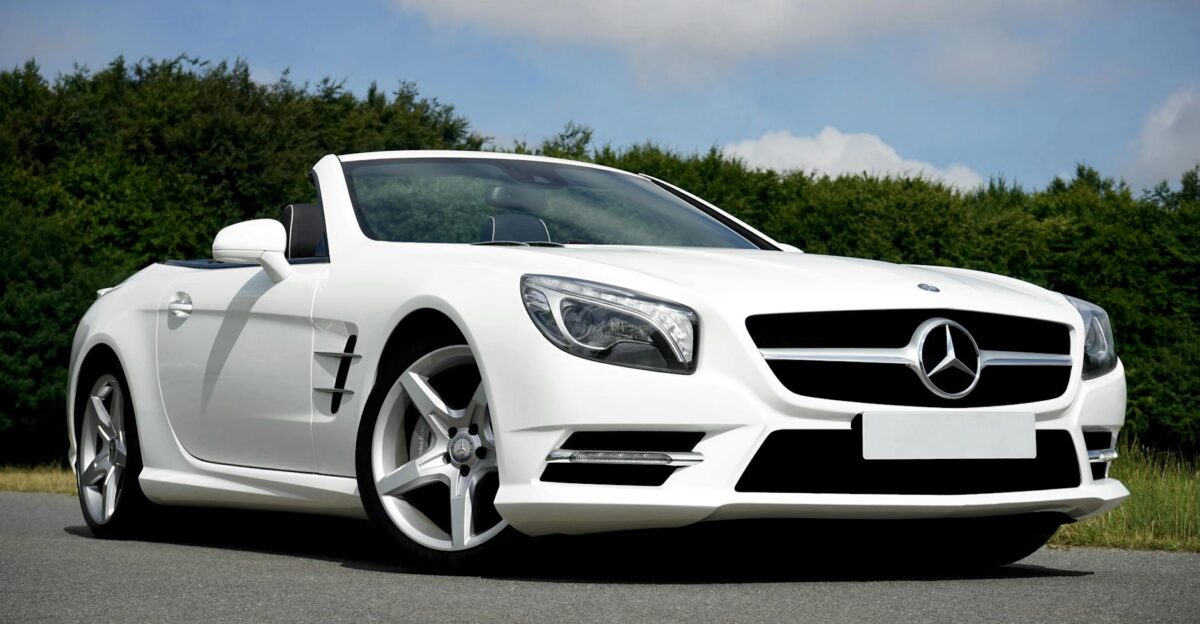
Median new-car insurance rose 20% year-over-year to $2,692, driven by pricier parts and repairs. Bank of America finds 20% of auto loan customers pay over $1,000 monthly, a record. For low-income households, transport costs hit up to 32% of before-tax income. Tariffs raise vehicle and spare-part prices, hitting sub-prime buyers and rural commuters hardest. Economists warn ongoing strain may reduce discretionary spending, like during 2008’s fuel-price spike.
Auto Industry’s Wake-Up Call

Mercedes’ tariff struggles reflect a wider crisis. Stellantis, Volvo, and Volkswagen also cut forecasts for 2025. Supply-chain resilience, once an ESG goal, is now vital for survival. Automakers fast-track near-shoring, dual sourcing, and digital risk mapping. AlixPartners projects $125 billion in trade-war costs through 2027, surpassing pandemic shutdown expenses. Boards reconsider capital allocation, weighing geopolitical agility with electrification.
Navigating a Rocky Road Ahead

The coming months will test which automakers adapt fastest. Mercedes juggles localization, tariff lobbying, and speeding the shift to hybrids and EVs. Investors eye July 30 results for signs that pricing power and cost cuts stabilize margins. For buyers, higher prices and financing will persist until trade tensions ease or domestic capacity grows. The 25% tariff is expected to last through the U.S. election cycle. Flexibility will decide the winners.